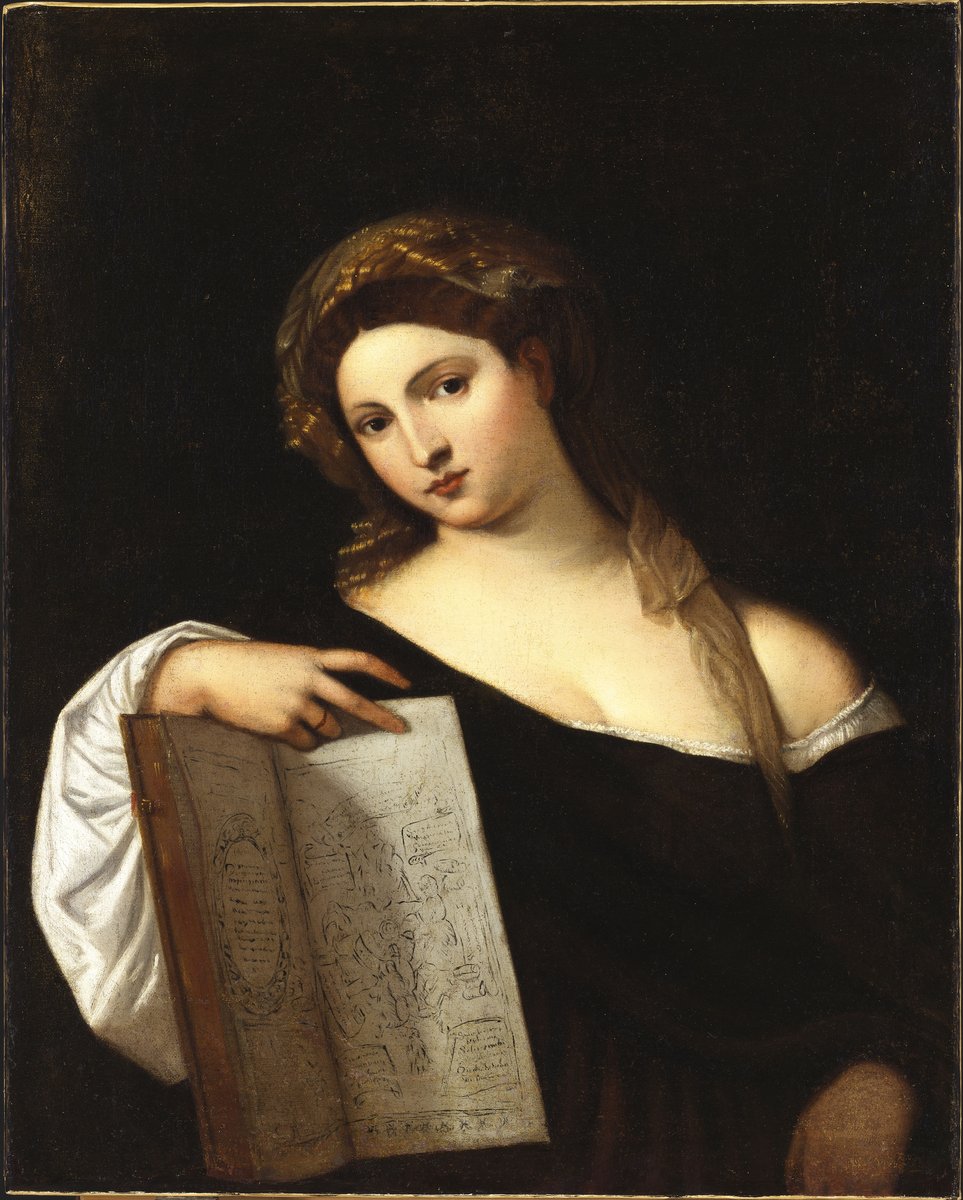
Sibyl with a Book
Old Master Paintings
| Artist | |
|---|---|
| Culture | Netherlandish |
| Date | 1620s |
| Object type | painting |
| Medium, technique | oil on oak |
| Dimensions | 30.5 cm |
| Signature | Signed center left on the wall: HAV |
| Inventory number | 1698 |
| Collection | Old Master Paintings |
| On view | Museum of Fine Arts, First Floor, European Art 1600–1700 and British Painting 1600–1800, Gallery X |
A decisive moment in the history of European painting was when during the sixteenth century artists first dared to paint pictures with no ‘history’. No saints, no Greek gods: just a forest clearing, a shepherd driving his flock, or a table laid with food. Such a picture was a self-contained world, free of all literary references. And as new genres were born, so they soon had their specialists. Avercamp was the first Dutch master to specialize in winter landscapes, populated with many small figures, merrily sliding and skating. The popularity of this deaf and dumb painter peaked in the 1610s, in the decade where several exceptionally harsh winters visited the small town of Kampen, where he spent most of his life.
The inquisitive eye can delight in many charming little episodes within the refined structure of the Budapest picture too. A peasant pushes his wife and child on a sledge; figures in noble attire play ijskolf, the ancestor of ice-hockey; further back two gentlemen make towards a horse-driven sleigh. Many folk are skating, but not everyone is practised in the sport: one lad has fallen flat on his tummy on the ice, and lost his hat. Those who like ribald jokes can chuckle over the woman squatted down by the prow of the ship to relieve herself, while a dog bustles about her bare behind. The noble, the fisherman and the peasant take pleasure together, and perhaps this is the picture’s underlying message: the unity of the newly independent Dutch nation.
Axel Vécsey
Pigler, Andor, Katalog der Galerie Alter Meister, 1-2. Museum der Bildenden Künste, Szépművészeti Múzeum, Budapest. 2, Akadémiai Kiadó, Budapest, 1967, p. 36 (pl. 244).
This record is subject to revision due to ongoing research.